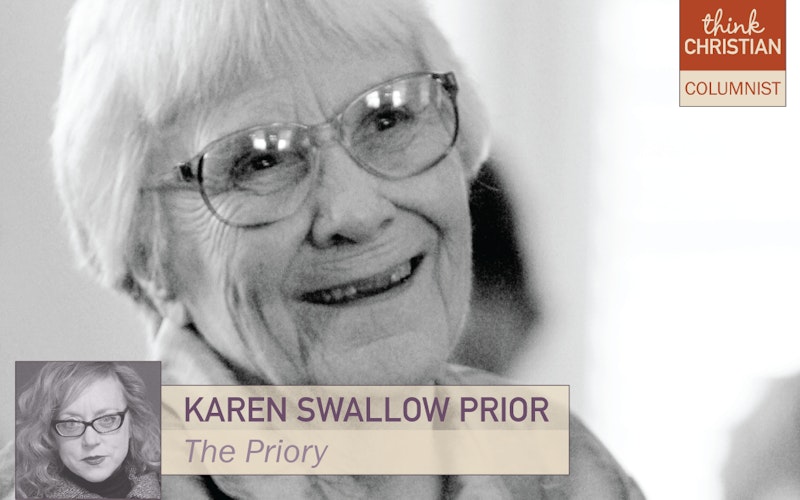
Culture At Large
Harper Lee and the moral imagination
A Library of Congress survey in 1991 found that Harper Lee’s To Kill a Mockingbird, published in 1960, was one of the top books (after the Bible) that changed people’s lives. Since that survey, it seems the book’s influence on the subsequent generation has only increased — at least, if the number of pets and progeny within my acquaintance who are bestowed with the name “Scout” or “Atticus” offers any evidence.
Harper Lee died last week at age 89. Even before her death, abundant testimonies spoke to the power the book has held for writers, celebrities and everyday readers — from Oprah Winfrey to Roseanne Cash to the countless attorneys inspired to enter the law field by the fictional Atticus Finch.
To Kill a Mockingbird is generally not considered “great” literature. It tends to be taught in middle and secondary school, with 74 percent of schools in the United States teaching it at one point. Furthermore, Lee has not received the serious scholarly attention given to other Southern women writers such as Flannery O’Connor, Carson McCullers, Eudora Welty and Katherine Anne Porter. This may have turned out differently if Lee had published the first, more complicated, version of the story, Go Set a Watchman, which was published last year amid a storm of controversy. To Kill a Mockingbird’s treatment of the hard topics of racism, rape, injustice and white supremacy is criticized by some as facile, naïve and too “white.” Of course, the book falls within the modern category of Young Adult literature. To Kill a Mockingbird is, Flannery O’Connor famously sniped in one of her letters, a story for children. "I think for a child’s book it does all right,” she wrote. “I think it's interesting that all the folks who are buying it don't know they're reading a child's book."
But it is seldom the greatest art (or the worst) that achieves the most cultural influence.
To Kill a Mockingbird is good because the book’s moral imagination is great.
Narrated by a child, perceiving the world through the eyes of a child and offering child-like answers to adult-sized problems, To Kill a Mockingbird allows its readers to “become like children” in pursuit of goodness in the world. It is children, after all, who insistently cry, “That’s not fair!” And it is adults who respond with the answer, “Life is not fair,” which is no answer while the riots and rapes and murders and injustices of the world swirl around us. Our grown-up ways of seeing the world — our inability to see past obstacles because they reflect “the way it’s always been” or things about which “nothing can be done”— need the strength and power of the imagination, a child’s imagination, the moral imagination. A childlike imagination is practice for the deeper, harder work of the moral imagination that strives toward restoration in this world. To Kill a Mockingbird is good because the book’s moral imagination is great.
In an essay at First Things, Jonathan Jones describes the moral imagination as the “intuitive ability to perceive ethical truths and abiding law in the midst of chaotic experience.” To Kill a Mockingbird portrays, in the character of young Scout, this intuitive ability to perceive ethical truths. The strength and power of law (as opposed to long-held, wrongheaded traditions) is embodied by Scout’s father Atticus, a lawyer who subverts community mores in pursuit of “abiding justice” in his defense of a black man who has been unjustly accused. The moral imagination, Jones explains, aspires to “a proper ordering of the soul and, consequently, of the commonwealth.” To Kill a Mockingbird, even if “a child’s book,” is a journey toward the proper ordering of both souls and communities. Through its use of moral imagination, the book reflects the Christian understanding that we can have hope for the restoration of this world's goodness, a future condition we can see and desire only because the world was created good and its Creator is good.
The novel may be less than great in terms of its artistic merit. But as long as it continues to draw 50 million readers and more — of all ages, dozens of languages and various races — and to inspire people to examine and conquer prejudice and injustice, we can rightly call To Kill a Mockingbird a good book, in the true sense of the word: it is full of goodness and it advances the common good.
Topics: Culture At Large, Arts & Leisure, Books